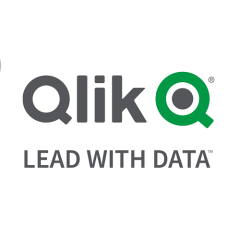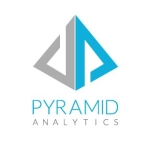We use Qlik Sense to deliver enterprise-wide analytics covering various business units, including Commercial Finance, demand planning, aftermarket performance, ICT, eCommerce, procurement, master data management, sales forecasting, and market share analysis.
The flexibility of Qlik Sense and the addition of 3rd party extensions allow us to extend the use of Qlik Sense beyond analytics and bring the platform to the core of our digital workplace, augmenting analytics with workflow, and team collaboration.
The adoption of Qlik Sense has provided the business with a solid platform to build upon, moving from a silo approach to reporting through a multitude of large, static, cumbersome spreadsheets to an accessible, intuitive, powerful analytics platform capable to dealing with large volumes of data. For the first time, providing the business with a single version of the truth, the ability to see everything in one place. In itself, the efficiency gains of this have offset the adoption costs by a considerable amount.
The intuitive associative engine and powerful visualization capability within Qlik sense has provided a powerful platform that allows us to develop user engaging, intuitive, and agile data analytics tools that drive informed, timely, and impact business decision making.
The flexibility of Qlik Sense and the addition of 3rd party extensions allow us to extend the use of Qlik Sense beyond analytics and bring the platform to the core of our digital workplace, augmenting analytics with workflow, and team collaboration.
There is a direction currently with feature releases within QLik Sense which are focused towards the SaaS or Cloud offerings of Qlik Sense. This leaves those who have invested heavily in on-premise enterprise deployments in a difficult position to gain the benefits of some powerful new features they have to look to reinvest further towards these SaaS or Cloud deployments or bring in a hybrid model. Qlik provides no real split between what features are available in each of the deployment options.
I have been using Qlik solutions for over eight years, Qlik Sense for around six. I spent five years as a BI consultant with a UK based Qlik Elite partner and the last two years as a Qlik customer.
The scalability options for Qlik Sense are impressive, providing confidence in a truly scalable enterprise solution.
We adopted Qlik as a replacement to spreadsheet-based reporting and analytics.
We performed the deployment ourselves, easy and quick.
Power BI was evaluated initially.

















